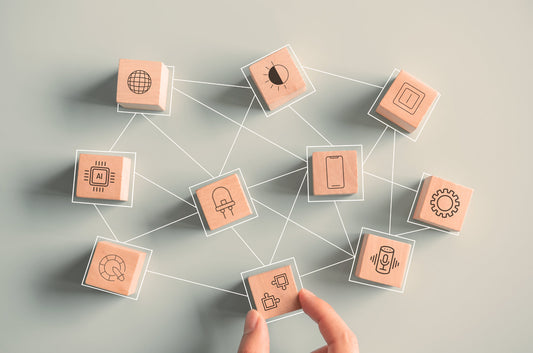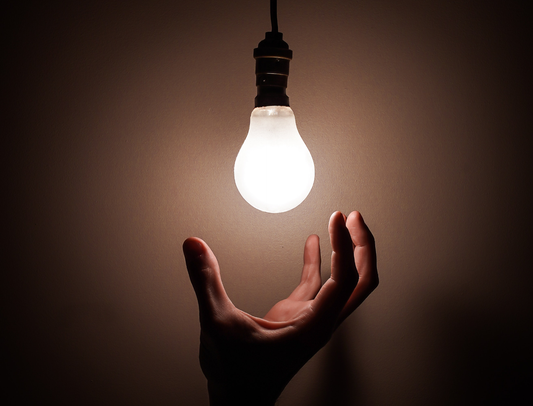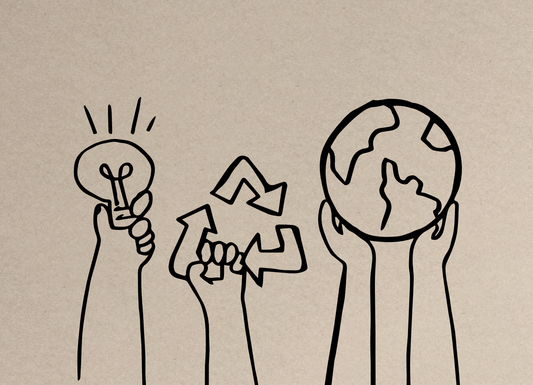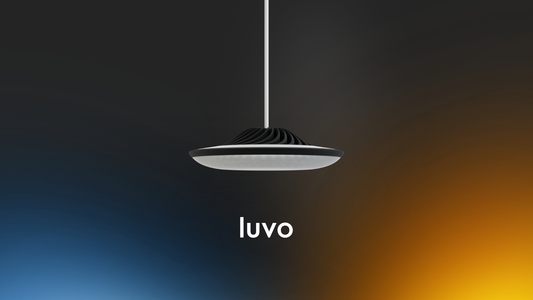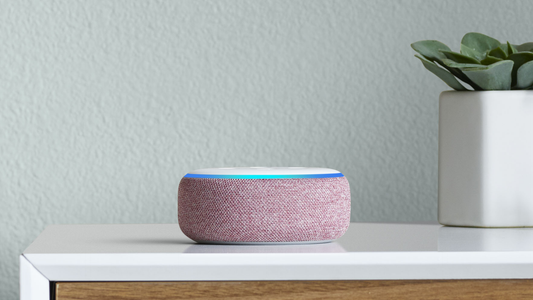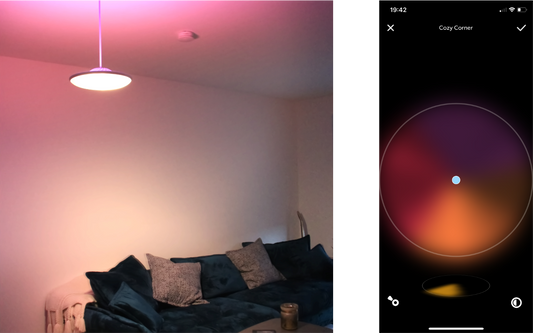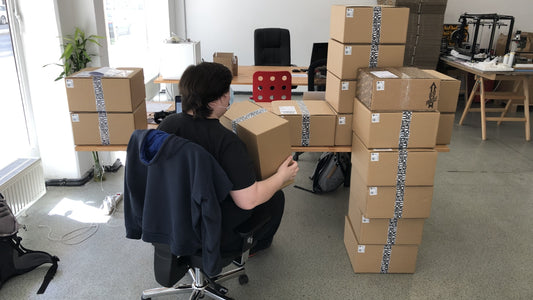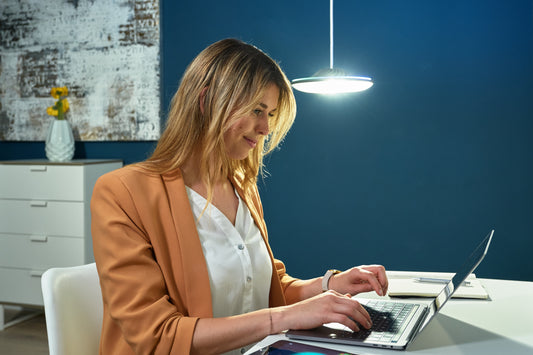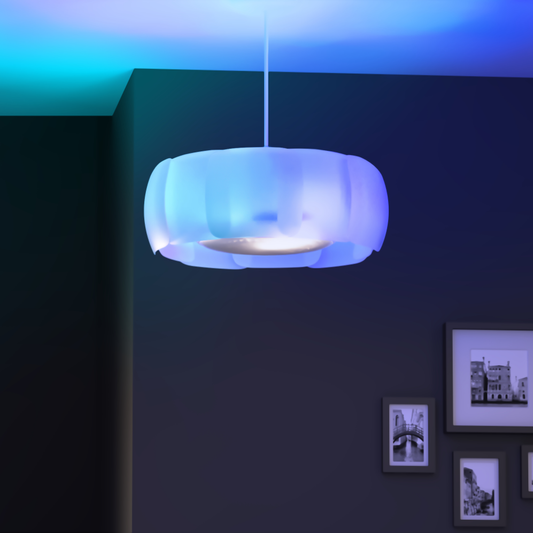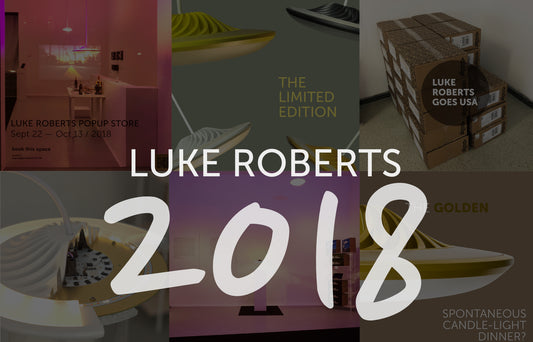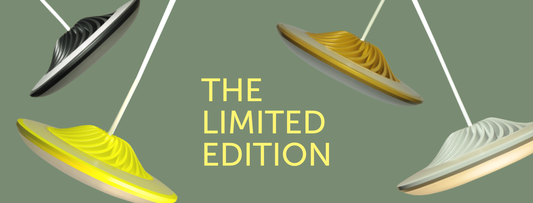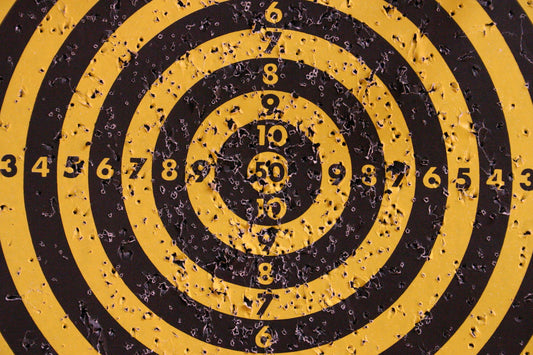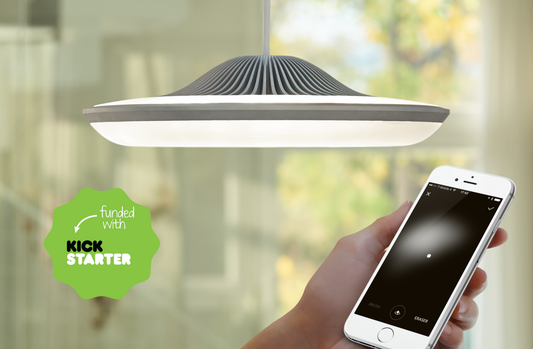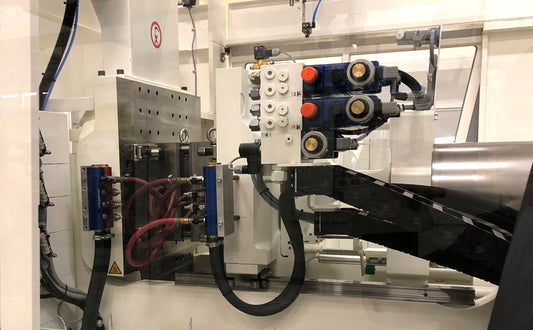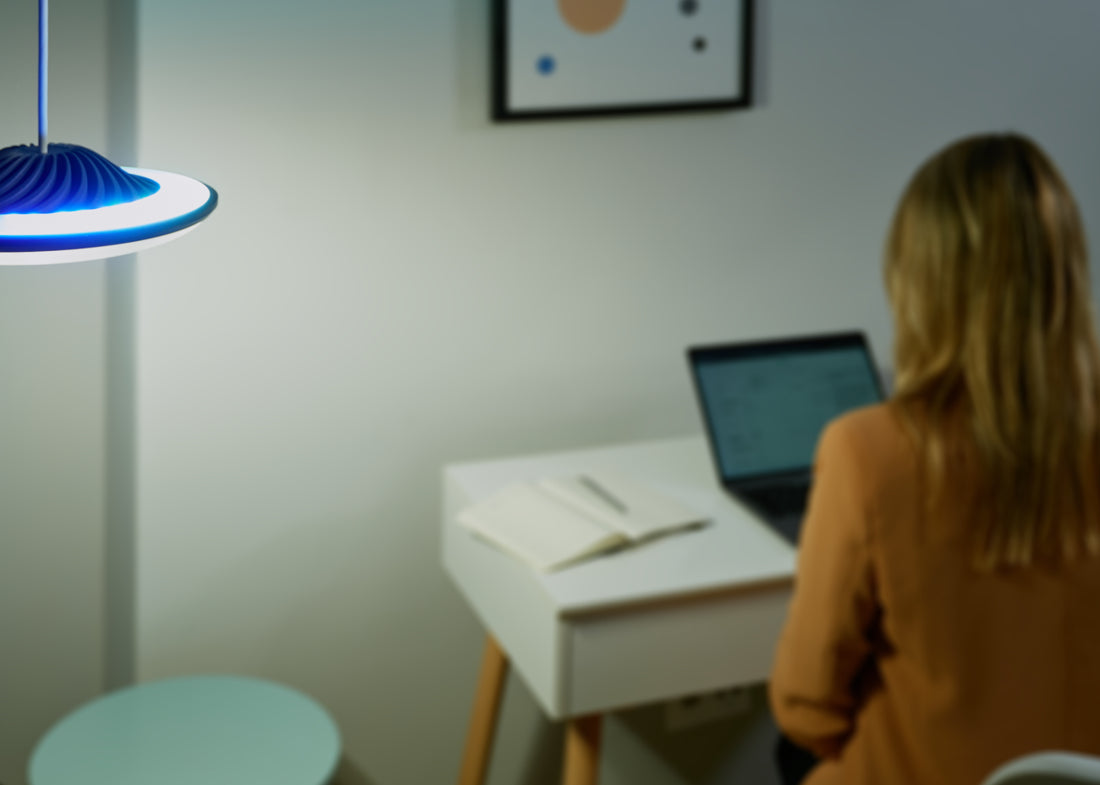
How to cope with home office Part 2
Part 1 of the series "How to cope with home office" focused on dealing with living and working in one place. Why it’s necessary to create mental boundaries and why self-organisation needs much higher priority. What seems initially like a huge hurdle can be transformed into a functioning everyday life relatively quickly with the creation of a routine and a high degree of self-discipline.

The challenge to keep body and mind in balance
At a time when we have little to no movement, our body goes crazy, because the usual routines and familiar movements are missing. Every one of you probably knows that feeling of being confined to bed with a bad cold or flu and after a few hours no longer being able to find a position that is comfortable for longer than 5 minutes. The legs become restless, breathing becomes shallower and gradually this physical restlessness builds up to an unbearable state. The smallest tasks suddenly seem like Herculean tasks and require a higher degree of determination .
For this reason, it is extremely important to keep the body in motion and to bring small workouts into everyday life here and there. This not only helps to satisfy the physical urge to move, but also gets our circulation going. This helps us to feel less fatigued, more active and more efficient.
Yoga, Tai Chi, Qi gong and everything else you have never tried
You might want to give it another chance. For many of us such practices are a regular part of our lives and we will of course fall back on them. All others who have either tried and didn’t enjoy them or haven’t had the chance to try them at all should probably reconsider. No equipment is required for these exercises so they are easy to implement into your home life, and they are exercises which work your muscles and get your cardiovascular system up and running. For all beginners there are fortunately countless tutorials and exercise videos on YouTube to get started.
Body weight exercises
As the name suggests, these do not require any additional equipment or weights and are also a top recommendation for stimulating blood circulation and the musculoskeletal system. The leg and back muscles especially suffer a lot from the monotony at home. After a few knee bends, lunges, calf lifting, planks and arm-and-leg lifting, you will soon notice that you have missed exactly these movements and that they feel really good.
Stretching
You can always do it in the shower or while your coffee machine is running. As your muscles are less strained, they will break down more and more and could possibly degrade. If you sit at your desk all day long, it is important to stretch your leg and pelvic muscles in particular. If these muscles contract due to lack of effort, your posture will also change while sitting and you will be more prone to a crooked back, which can cause back or neck pain.
Watch your circulation
To avoid a permanent feeling of fatigue and tiredness, it is important that you keep your circulation going. Once your circulation is down, it is difficult to get it back up properly, it also weakens your immune system and can affect your mood.
With a few small actions, it is relatively easy to prevent this from happening. As described above, sport is a good possibility. Since the usual movement during the day is not possible and sports only happen sporadically, you should also pay attention to exercise during the whole day.
Standing Desk
If you put an ordinary chair on your table, you have a simple standing desk in an instant, on which you can work with your laptop. This way you are not tied to your chair and you have a better posture.
Pomodoro technique for circulation?
If you prefer to work in a sitting position, try to get up at least every 30 minutes, to perform some movements. All time management freaks can also combine this with the Pomodoro technique. To do this, you divide your tasks into smaller tasks of 25 minutes each. Once a task is done, you take a five-minute break. So you do something for your circulation and productivity at the same time!
How to cope with home office - Part 1
"I'll do home office tomorrow, but you can reach me any time!" These are frequently heard words just before closing time. If this state remains indefinitely, however, it presents new challenges.


